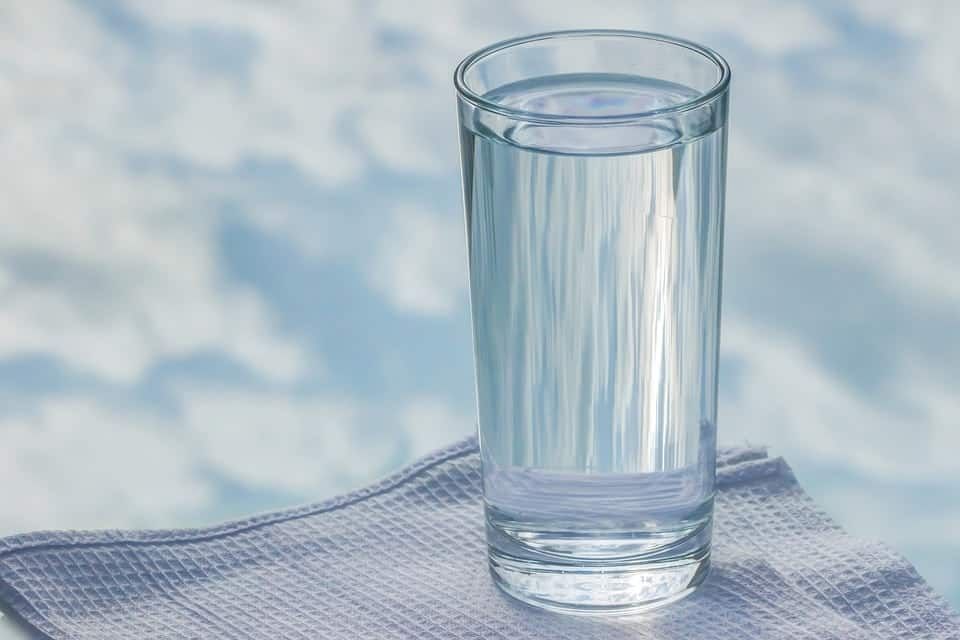
Drinking water can be created out of thin air using just salt and sunlight, say scientists.
As Britain suffers its longest drought in over four decades a simple technique has been developed to combat the biggest threat from global warming.
It offers a cheap solution for providing the most vulnerable populations in the world with water – some of whom lack access for at least a month every year.
Delivering safe drinking water to areas where it’s scarce would change the lives of four billion people living in the driest areas far from the coast.
Three common salts magnesium sulphate, copper chloride and copper sulphate captured water from air with relative humidity as low as 15 per cent, typical of the most rain-poor places on Earth.
Using a heat analyser and a water vapour generator the study published in Environmental Science and Technology found they produced fresh, clean water when subjected to even weak sunlight.
Renyuan Li, a PhD student at King Abdullah University of Science and Technology in Saudi Arabia, said the amount of water in the atmosphere is equivalent to ten per cent of every freshwater lake on earth.
He said: “We found these salts not only work when the sunlight is strongest – at noon or early afternoon – but that they also perform well during other times of the day such as morning and late afternoon.
“This is important because the extended operating hours could broaden the range of conditions in which the process can be used.”
The low-cost method could be used to provide portable water to dry, land-locked regions just by harvesting vapour with commonly available salts – and sunlight.
Many parts of the world such as the sub-Saharan countries of Africa have little or no access to surface water or ground-water supplies.
They often have to rely on the transportation of fresh water over long distances, which is costly and inefficient.
Yet even in the driest desert regions there is an abundance of water in the atmosphere, consisting of water droplets.
The salts capture them from the air at night and when placed under sunlight they release drinking water.
Mr Li said: “Although techniques like engineered-cold surface-induced condensation or fog harvesting are used around the world, low year-round relative humidity levels and a lack of power to run condensers often prevent the harvesting of atmospheric water for many regions.”
His team investigated 14 salts for their physical and chemical properties and their water-vapour harvesting and release capacity.
They said the three that were most effective could be useful in many poor, dry regions.
Mr Li’s supervisor Professor Pen Wang said: “We are now working on salt-based composite materials with significantly enhanced water-uptake capacity which we consider to be the second-generation of our atmospheric water generator.”
Mr Li said: “In areas neither close to any surface water or sea nor having groundwater conditions, the communities have no choice but typically to rely on very uneconomical long distance transportation of fresh water.
“On the other hand, there is always plenty of water available in the atmosphere even in very dry desert regions, and the atmospheric water, consisting of water vapour and water droplets, is a resource equivalent to about 10% of all fresh water in lakes and is equivalent to six times the water in all rivers on Earth.”
Capturing atmospheric water droplets is in operation in remote villages in more than 25 countries worldwide now.
But the harvesting necessitates consistently high relative humidity in the air which makes it viable only in a few places such as the western Mediterranean basin and South Africa.
This restrains its application from most other regions whereas his would not, he said.